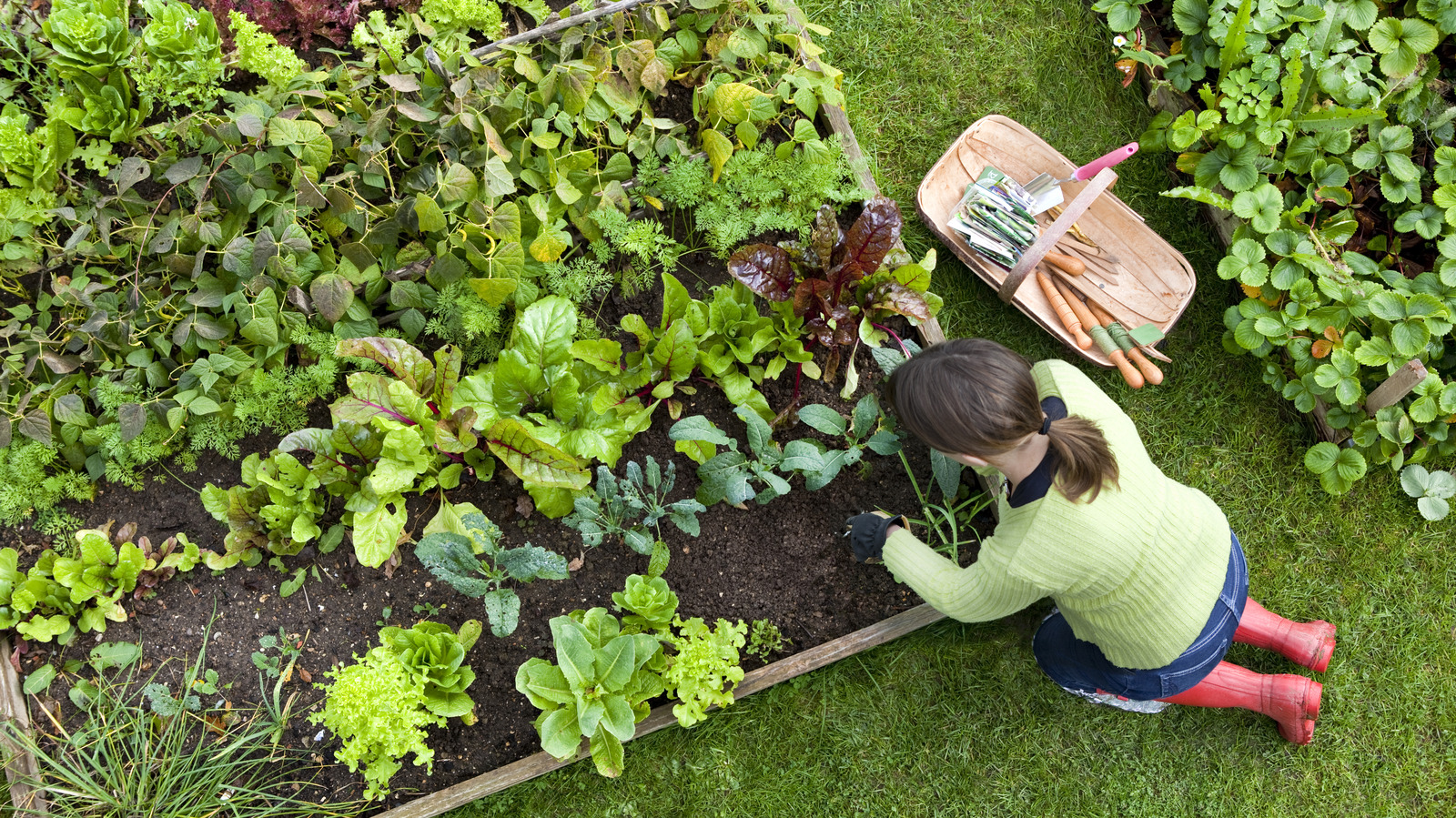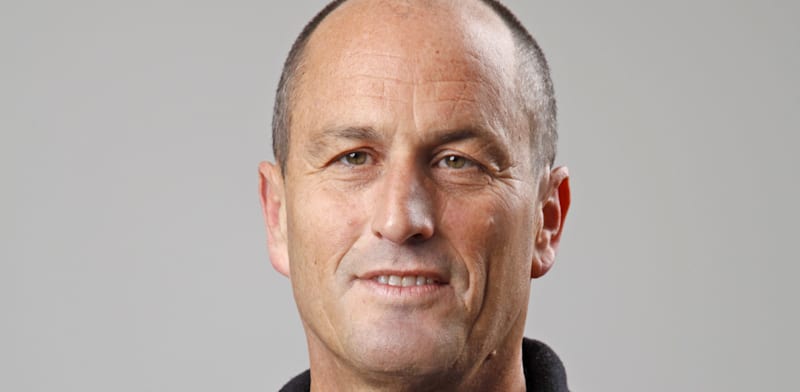
Vegetables You Can Plant In The Middle Of Summer, According To An Expert – House Digest
In most climates throughout the U.S., you can get a few generations of your favorite vegetables. You may think you have done something wrong if your cucumber plants stop producing in the middle of summer, but they are plants that grow quickly, produce a lot, then fade away. That’s just what some vegetables are supposed to do. Other times, pests, too much rain, or drought get the best of your garden, and you find yourself with bare spots where you removed those spent plants. Now it’s mid-summer, and you are wondering if you should just wait until you can plant cool-season crops or if there is something you can grow now to make the most of your garden for the rest of the season.
As a master gardener with a few decades of gardening experience, we have had plenty of time to experiment with what can and cannot be planted in the middle of summer. The vegetables you can start in mid-summer depends on two things: your first expected frost date and the days to maturity for what you are planting. For example, you can start getting mature fruit from summer squash in about 50 days. If you plant seeds on August 1, you can expect your first harvest in mid-September and still get lots of veggies before your first frost. These late plantings are also less likely to be affected by pests, which are most active in early summer.
Bush beans
 eurobanks/Shutterstock
eurobanks/Shutterstock
Bush beans are one of our favorite garden plants because they mature quickly, are highly productive, and are nitrogen-fixing — they can take nitrogen from the atmosphere and add it to the soil. The downside of these plant powerhouses is that they don’t live very long. You can prolong their lifecycle by harvesting them frequently, but eventually, they will run out of energy and leave an empty spot in your garden. Thankfully, since they grow so quickly, you can grow multiple generations in one summer season.
Since they require no support and have a compact growth habit of about 2 feet tall, you can often squeeze a few bush bean plants in anywhere you have an empty spot. Place one seed in a 1-inch deep hole about 3 inches apart. Water it well and keep the soil moist until the plants are about 6 inches tall so the roots do not dry out in the heat of the summer. You can expect your first harvest about 50 days from planting seeds and continue the harvest until the days turn cold.
Determinate tomatoes
 webwind Medienagentur/Shutterstock
webwind Medienagentur/Shutterstock
This is the only plant on our list that you do not need to grow from seed. You’ll get a head start on your harvest by taking cuttings from plants that are in your garden now — or get a few cuttings from a friend. The key to getting a good fall tomato harvest is planting determinate varieties. This type of tomato only grows a certain number of fruits, all of which mature within a month or so. Determinate tomatoes are perfect for preserving because you get a large harvest in a short amount of time.
Place your cuttings in the water and let them grow roots for a week, then plant them in an empty spot in your garden. Water them with liquid fertilizer, like fish emulsion, to give your plants a boost of energy. It can take between 55 and 75 days to get fruit from a determinate tomato plant cutting. Then, you’ll need another two weeks or a month of nighttime temperatures in the 50s or warmer to get a complete harvest. In cooler climates north of USDA Hardiness Zone 6, you might not have time for fall tomatoes. However, if you live where it stays warm through September, you should be able to get a decent second harvest.
Cucumbers
 sadecestock/Shutterstock
sadecestock/Shutterstock
Cucumbers are another vegetable beloved by canners because they produce so many fruits so quickly. In just a few weeks, you can stash away several jars of pickles. Many cucumber varieties grow as vines, so you will need an empty spot with a trellis for those types. This is a great option if you have removed peas or pole beans because you can fill those spots with a second planting of cucumbers. If you do not have a spot with a trellis, there are many cultivars that grow as a compact bush.
Days to maturity for this vegetable vary from 50 to 70 days, so when you are shopping for seeds, try to find a variety that is closer to the low end of that time frame. This will give you the biggest harvest before the days turn cold. Loosen the soil in the area you want to plant your cucumbers, and plant seeds about 12 inches apart for vining varieties or 3 feet apart for bush types.
Summer squash
 Paul Maguire/Shutterstock
Paul Maguire/Shutterstock
There are many benefits of planting summer squash later in the summer. If you have been overrun by squash bugs or vine borers earlier in the season, this is a chance to try again to get a decent harvest after vine borers have died away for the season. For those whose plants were affected by squash bugs, do not place your next planting in the same area, or you will probably encounter the same problem. But, if you have a spot where you have removed anything not in the cucurbit family, like tomato or pepper plants, summer squash is a good option.
Keep in mind that summer squash is very different from winter squash. Summer squash matures quickly, and the fruits have soft skin. Popular varieties include yellow crookneck and black beauty zucchini. It’s too late to plant winter squash in the summer because it needs the entire season to grow a thick skin for storage, but summer squash takes just a few months from seed to harvest. These bushy plants require about 2 square feet of space, so plant your seeds about 1 inch deep and 2 feet apart.
Late cabbage
 Sanjeri/Getty Images
Sanjeri/Getty Images
If you live in a cooler climate north of zone 6, you can get a head start on your fall garden by growing cabbage in those empty spots. Look for varieties labeled “late cabbage,” like late flat Dutch. These types were developed specifically for fall growing and storage. Although the days to maturity for late cabbage is much longer than the other suggestions on this list at about 100 days, that’s ok. They do not need warm days to continue to grow. In fact, as a cool-season crop, cabbage can tolerate below-freezing temperatures. With a little extra frost protection, they can even survive and continue to grow when lows are below 27 degrees. In warmer climates, you may be able to grow and harvest cabbage all winter.
If you plant late cabbage at the beginning of August, you can expect to harvest large, dense heads around the beginning of November. If you get a late start or live in a climate that gets very cold very quickly, smaller varieties may be exactly what you need. Green express cabbage produces compact heads that mature in only 50 days. The space needed for each plant depends on the variety, so refer to your seed packet for that information.



























































